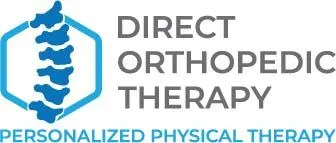Ever wonder what would happen if you suddenly found yourself unable to speak or open your mouth properly? What about other functions like eating, drinking, speaking, etc.? This could happen to anyone. The temporomandibular joints attach your mandible to your skull. This joint allows for easy up-and-down movement and sideways movement. Although there are many reasons for temporomandibular dysfunction, it is most likely that you will not be able to control your mandible’s movements effectively.
Causes
Multiple factors can lead to temporomandibular dysfunction, such as
- Problems with muscle and tendon in the temporomandibular joint
- Habitual teeth grinding or clenching
- Dislocation of the Temporomandibular Joint
- Arthritis in joints
- Any mechanical or physical injury
- Disk erosion or dysfunction
- Excessive strain on joint
Signs
Although minor temporomandibular dysfunction may resolve on its own, if a repetitive injury occurs, it can lead to visible symptoms that can adversely impact daily activities. This should be treated promptly. These are some of the symptoms that are common in temporomandibular dysfunction.
- Temporomandibular pain is unbearable
- Pain in either one or both of the temporomandibular joint
- Radiation of pain to your ears
- As well as difficulty in speaking and chewing
- Incapable of mobilizing the same amount from the temporomandibular Joint
- The temporomandibular joints may be locked, which can cause problems opening and closing your mouth.
Treatment
Many pain relievers or medicines for arthritis can be used to treat temporomandibular dysfunction. These medicines cannot correct the problem and will only worsen the symptoms. Physical therapy is the main treatment to restore the mobility capacity of the temporomandibular joints. The primary treatment for temporomandibular dysfunction is physical therapy. It focuses on stretching, relaxing, and exercising the muscles to relieve tension and strengthen the joints and muscles. Temporomandibular dysfunction can sometimes be caused by dislocation of the joint. This situation can be addressed by a physical therapist who can help to normalize the temporomandibular dislocated joint.
Conclusion
A person suffering from temporomandibular dysfunction must have a proper physical therapy session. This will allow the person to treat the symptoms and restore normal function to the joint.


